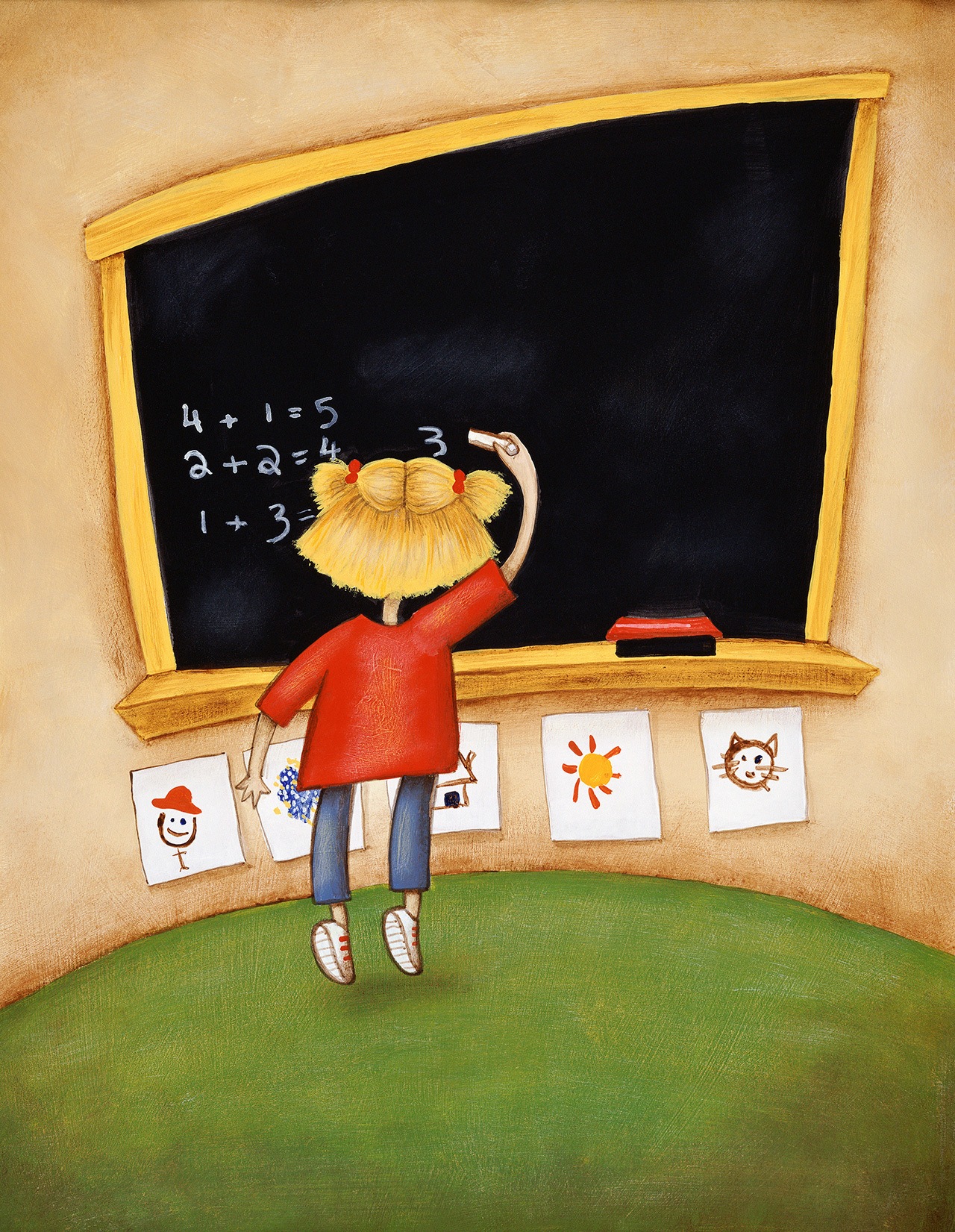By Melissa E. Libertus and Roberta Michnick Golinkoff
The Philadelphia Inquirer
Educators and parents alike are alarmed over the persistent gaps between 15-year-olds in the United States and their international peers on science and math outcomes.
According to the latest results of the Programme for International Student Assessment, or PISA, released on Dec. 6, American adolescents rank a paltry 31st out of the 35 Organization for Economic Cooperation and Development countries in math, and math scores have significantly declined since the last PISA in 2012.
To combat this trend, forces have mobilized around STEM education — stressing the experiences needed to build a foundation for science, technology, engineering and mathematics. Fostering strong STEM education will safeguard our place in the world and ensure our children a place in tomorrow’s workforce.
Yet our lagging international PISA scores highlight how we continue to miss an essential element in preparing our students for the future: Evidence suggests that the road to strong STEM education starts not in elementary or middle school, but at home and in preschool with very young children.
Some parents and teachers talk about numbers and math frequently so that their children are hearing words such as “two,” “twelve,” “more,” “less,” “count,” and “add” repeatedly in various contexts. Other parents and teachers, however, rarely use number and math words or engage children in meaningful math-learning activities.
Failing to talk to our kids about math and introducing them to mathematical ideas and activities is what we call “The Great Shortchange” because it stunts children’s math growth and their future success. This is precisely where we need to act: We must bring math into our homes and preschools.
To be specific, research indicates that some parents of toddlers use an average of more than 30 number words every hour (e.g., “Where are the three girls in the picture?”). Other parents, however, use only one number word every two hours, on average. This creates close to a 6,000 percent difference in math input at home. The results are even more worrisome when we look at preschool teachers. Some preschool teachers use more than 100 math words per hour, but others use only one — almost a 10,000 percent difference.
Given these differences in children’s experience, it is no surprise that children who are exposed to more activities and talk related to math acquire new math concepts faster and enter kindergarten better prepared for learning math. Although some children can barely count to 10, others are already doing basic arithmetic.
Crucially, math abilities at the start of school are among the strongest predictors of later math achievement. Researchers in early mathematics, among them Douglas Clements from the University of Denver, Herbert Ginsburg from Teachers College at Columbia University, Kathy Hirsh-Pasek from Temple University, Nancy Jordan from the University of Delaware, Susan C. Levine from the University of Chicago, and Robert S. Siegler from Carnegie Mellon University, share our concern and contribute to the inquiry that speaks to these issues.
So what can we do?
Early math needs to be promoted in the same way that early language and emergent literacy have been promoted over the past decades. We need to foster the ABCs and the 1, 2, 3s (and higher). Parents and early childhood educators need to know that math learning starts early, that it is important, and that it cannot wait until children are in elementary school.
Children enjoy learning to count and the meanings of number words (that the word “four” means there are four things); comparing number words and deciding which is larger; identifying, describing and constructing shapes (how many sides does a triangle have?); and understanding how much money a lollipop costs versus a toy truck.
Numbers can be a natural part of parents’ talk with their children. At the grocery store, for example, parents can talk about the number of bananas in a bunch and how many would remain if you picked off two, the cost of a child’s favorite cereal, and what it means to be “on sale.” At home, they can count the number of plates needed to set the table, and they can weigh and measure flour and salt when they bake together. When children ask how long it takes for the cookies to bake in the oven, parents have another opportunity to use number talk.
When traveling by car or bus and children ask the perennial “Are we there yet?” parents can talk about the number of miles and minutes to reach their destination. Board games like Chutes and Ladders that require counting give numbers real meaning as they correspond to how many spaces children can advance with each throw of the dice. Building with blocks or doing puzzles together can fuel the spatial skills that undergird math knowledge.
All of these activities can become part of the family and preschool routine and can teach children significant mathematical concepts in a playful way. They do not require workbooks, large amounts of time or inappropriate formal instruction. But they can go a long way toward closing the Great Shortchange and helping prepare the next generation of students to propel our country forward in math and to ensure that future PISA results are not as bleak as this year’s.
Melissa E. Libertus is a research scientist at the Learning Research and Development Center and an assistant professor in the Department of Psychology at the University of Pittsburgh. Roberta Michnick Golinkoff is the Unidel H. Rodney Sharp Professor of Education, Psychology and Linguistics at the University of Delaware. Her latest book is “Becoming Brilliant: What Science Teaches Us about Raising Successful Children.
Talk to us
> Give us your news tips.
> Send us a letter to the editor.
> More Herald contact information.

























